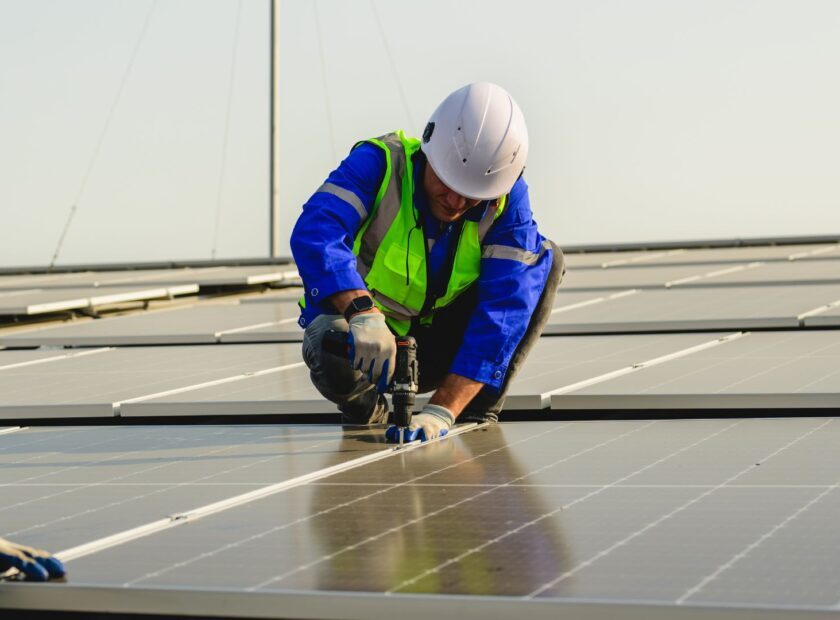Why shrinking the Microgrid matters and why we’ll keep pushing the limits

When we first started building microgrids, the 120kW container was the standard. It worked—but it was big, bulky. We looked at it and thought: there has to be a better way.
Today, that same power sits inside a compact, modular box—one that’s easier to install, faster to deploy, and ready to scale across cities, campuses, depots, and industries. But this shift isn’t just about making things smaller. It’s about reimagining how energy should work in the real world.
Why does size reduction matter?
Faster deployment: Smaller systems are easier to ship, install, and manage. That means shorter timelines, fewer disruptions, and quicker results for the customer.
More sites, more impact: With a reduced footprint, we’re no longer limited by space. We can power tight commercial buildings, or any place for that matter. That’s how you bring clean energy closer to where it’s needed most.
Modular = scalable: Our system isn’t one-size-fits-all—it’s scalable. Need more capacity later? Stack it. Want to replicate it across 10, 50, or 200 sites? Go for it. That’s the power of a true product approach.
But this isn’t just a hardware story.
It’s about how we think. At Gridscape, we don’t believe in “done.” Every version of our microgrid is a better, leaner, faster iteration than the one before.
We’ve evolved our product across five generations—from bulky beginnings to the sleek, field-tested, all-in-one energy solution we offer today. We integrate newer chemistries as they become viable. We simplify design without losing performance. We reduce components. We automate more.
Because we know that resilience, decarbonization, and electrification aren’t static goals. They shift. They grow. They demand constant reinvention.
What we’re building isn’t just microgrids. It’s energy freedom.
Every Gridscape system is:
– Built in-house for full control and faster innovation
– Fully integrated with solar, battery, and controls
– Outdoor-rated and expandable to suit a wide range of use cases
– Smart enough to work independently, but powerful enough to be part of a VPP (Virtual Power Plant)
– Designed to reduce energy bills, cut emissions, and keep power on—even when the grid fails
This is the energy infrastructure of the future: local, distributed, intelligent. We’re not just following the transition, we’re helping build it.
So yes, we shrunk the box.
But what we’re really doing is scaling impact.
And we’re just getting started.






